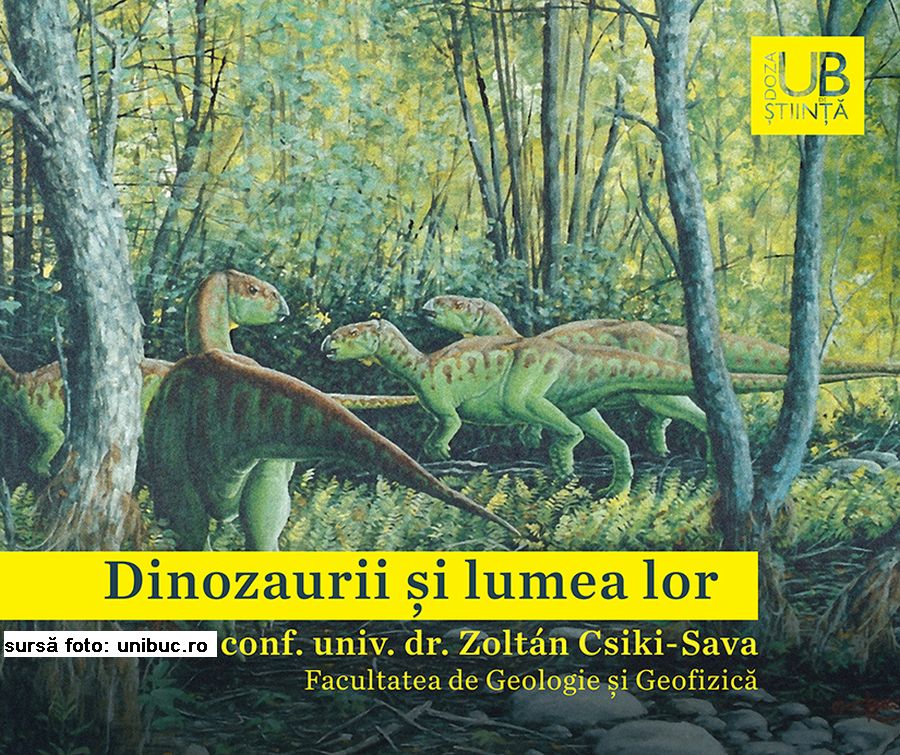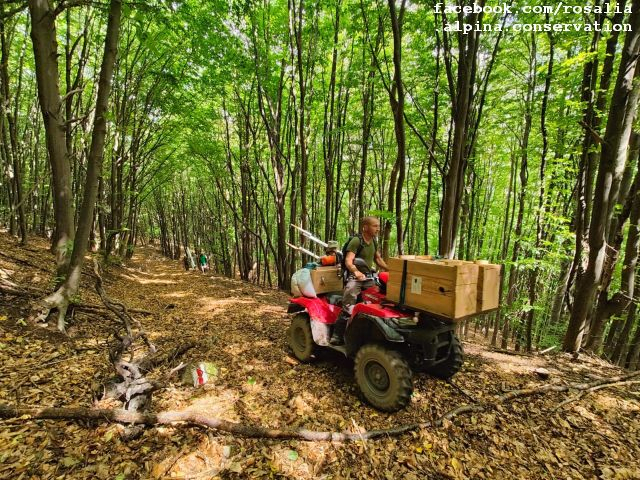The 2030 National Forest Strategy
“There are several direct directions of action, and I would enumerate some of them. They are all equally important. I would start with increasing the social and cultural role of forests. I would continue with managing forests of such a manner as to integrate and conserve biodiversity, because there have been innumerable disputes, or clashing opinions, which we would like to harmonize. Another concrete axis of action aims at increasing forest surfaces. Here I would like to divert for a bit — if we want more forests, then we have to identify potential farmland that we want to reforest. Also, another important direction for action is aimed at reforming the decision-making role of the forest private owner. I would like to make another parenthesis — it is well known that right now about two thirds of forests are under public property, the state plus Territorial Administration Units, while a third is under private ownership. Romania right now has about seven hundred thousand forest owners or so. These would be overall the main directions for action. There are more, but they are all fundamentally very well by this strategy.”

Eugen Coroianu, 28.10.2022, 01:38
This month, the government in Bucharest passed the 2030 National Forest Strategy, a document meant to enshrine into forestry the EU forestry strategy. The adoption of this document, beyond its intrinsic importance, is a landmark in the implementation of the C2 component for forests and preserving biodiversity as part of the National Program for Recovery and Resilience. In order to issue the strategy, managed by the Ministry of Waters, Forests, and the Environment, the program employed professors of forestry with the Transilvania University of Brasov and the University of Suceava, as well as independent forestry experts. The project is a strategic document with several general aims: ensuring a balanced integration of social, ecological, and economic functions into forest management, obtaining a social agreement for harmonizing of rights, interests, and obligations of interested parties and those affected by forest management, allowing the adaptation of tools for regulation and control, financial support, and of those affected by forest management. Eng. Mihai Enescu, PhD, with the Faculty of Agriculture in Bucharest, explained:
“There are several direct directions of action, and I would enumerate some of them. They are all equally important. I would start with increasing the social and cultural role of forests. I would continue with managing forests of such a manner as to integrate and conserve biodiversity, because there have been innumerable disputes, or clashing opinions, which we would like to harmonize. Another concrete axis of action aims at increasing forest surfaces. Here I would like to divert for a bit — if we want more forests, then we have to identify potential farmland that we want to reforest. Also, another important direction for action is aimed at reforming the decision-making role of the forest private owner. I would like to make another parenthesis — it is well known that right now about two thirds of forests are under public property, the state plus Territorial Administration Units, while a third is under private ownership. Romania right now has about seven hundred thousand forest owners or so. These would be overall the main directions for action. There are more, but they are all fundamentally very well by this strategy.”
Government officials wanted to also answer the issue of illegal forest cutting, by, for instance, implementing in full the SUMAI system of wood monitoring, monitoring by tele-detection, and consolidating the punitive system. The situation is quite worrying when it comes to Romanian forests, which, according to the Global Forest Watch, lost 5% of its forests between 2001 and 2021, meaning about 400,000 ha. We asked Mihai Enescu about who has the major role in applying the 2030 National Forest Strategy, and how it coordinates with the corresponding European document:
“The correct answer, if you ask me, would be the entire sector. Each interested factor in forests and wood has, and will have, a fundamental role, because this is how the strategy was designed. The strategy was based on an ample process of consultation. Theoretically, all the hot spots, lets say, have been identified to be solved by 2030, with a clear calendar. You mentioned monitoring. Of course, the authorities take point on that, but in terms of implementation there are other structures too, first and foremost the forest wards locally, but there are other entities in the wood industry, depending. Basically, the process of consultation included several strategic acts, lets call them, at the European level: the EU strategy for forests, the strategy for biodiversity, and others. By taking on all the ambitious targets set by the EU, we tried to particularize them for our country. In other words, both for me and for other parties, the 2030 National Forest Strategy is basically a plan for implementation of the European strategy for forests. Ill say it once more, it is about harmonizing targets.”
The minister in charge of waters, forests, and the environment, Barna Tanczos, said that the document plans for the future of the countrys forests on medium term, and represents a very important, even historic, step. He emphasized tht Romania has some of the healthiest and most valuable forests in Europe, but that, in order to conserve and protect them we need a green line that will have to be followed for years and years. The Romanian dignitary said that this line, along with the best proposals for saving, developing, and sustainably exploiting forests in our country are already contained in the 2030 National Forest Strategy.






























